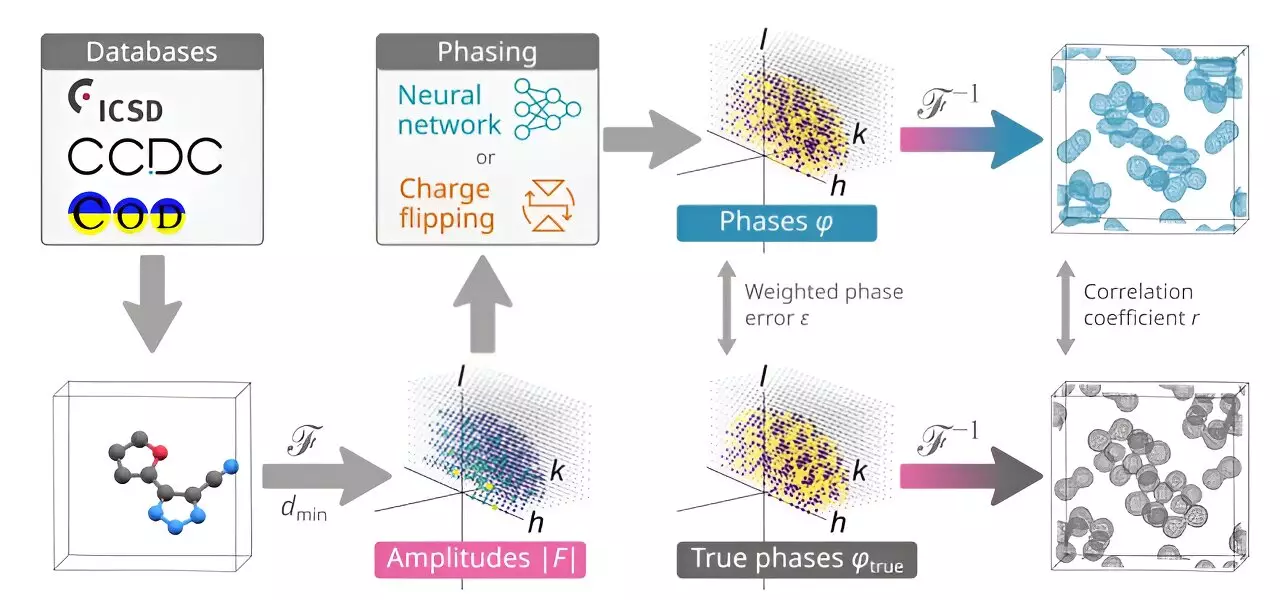Chemists at the University of Copenhagen have recently made a groundbreaking discovery in the field of crystallography. They have successfully developed an AI application known as PhAI that has the ability to determine the phase of x-rays diffracted by crystals. This innovation has the potential to revolutionize the prediction of small molecule structures, making the process more efficient and accurate.
Collaboration between chemists and computer scientists has become increasingly common in recent years, leading to the development of AI applications tailored to assist chemists in their research. The inherently trial-and-error nature of chemistry makes it a ripe field for utilizing artificial intelligence to streamline processes and improve outcomes. For instance, AI has been successfully employed to predict protein structures, showcasing the versatility and potential of this technology in chemistry research.
Predicting the structure of small molecules traditionally involves converting them into solid crystals and subjecting them to x-ray crystallography. By analyzing the diffraction patterns produced by the interaction of x-rays with the crystal, chemists can decipher the arrangement of molecules within the crystal lattice. However, a significant challenge arises from the inability to measure the phase of the x-rays, leading to uncertainties in predicting molecular structures and producing indistinct diffraction patterns.
In their research, Larsen, Rekis, and Madsen devised a novel approach utilizing AI to tackle the ambiguity in diffraction patterns. The trio created PhAI by generating millions of simulated small molecule structures and calculating the corresponding fuzzy diffraction patterns inherent to imperfect crystal structures. By training the AI on the relationship between crystals and fuzzy patterns, the researchers were able to extract both phase and intensity information, paving the way for accurate predictions of small molecule structures.
The efficacy of PhAI was put to the test by analyzing 2,400 small molecules with known structures. The AI application demonstrated remarkable accuracy in predicting these structures, marking a significant advancement in the field of crystallography. The success of this study has inspired the research team to further enhance PhAI’s capabilities, with a goal of extending its predictive reach to molecules beyond 50 atoms.
The development of PhAI represents a major breakthrough in the prediction of small molecule structures using AI technology. By harnessing the power of artificial intelligence, chemists can overcome the limitations of traditional crystallography methods, opening up new possibilities for research and discovery in the field of chemistry.


Leave a Reply